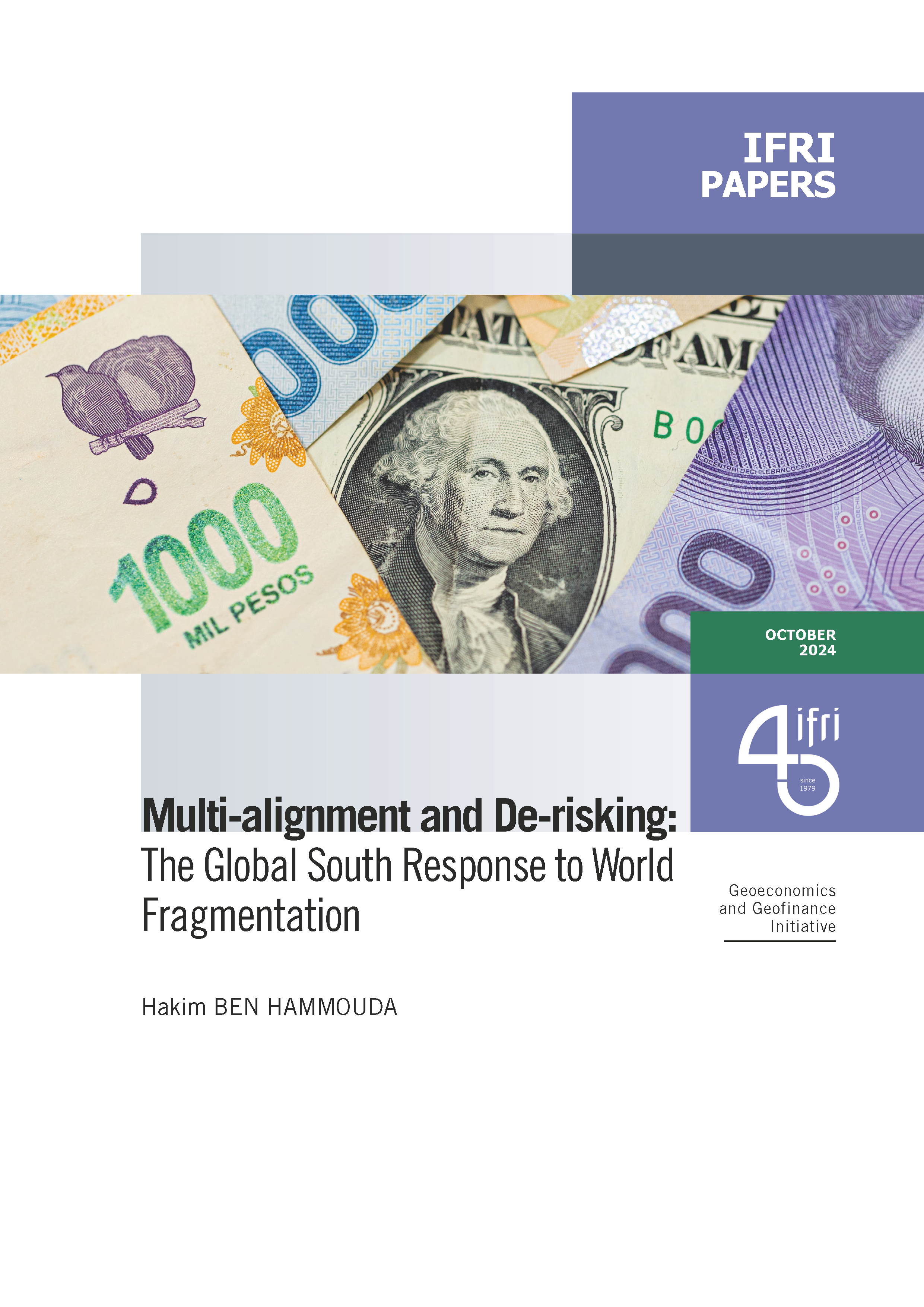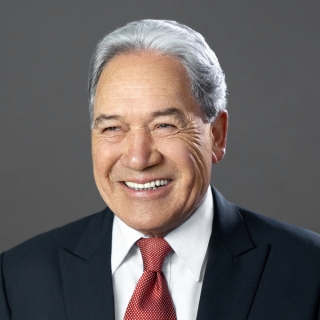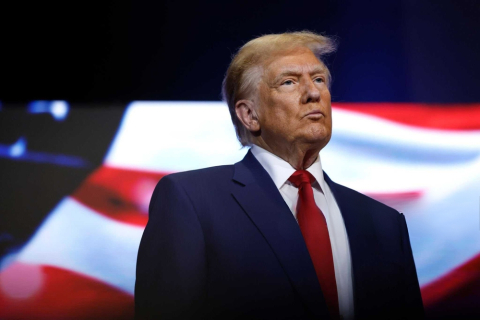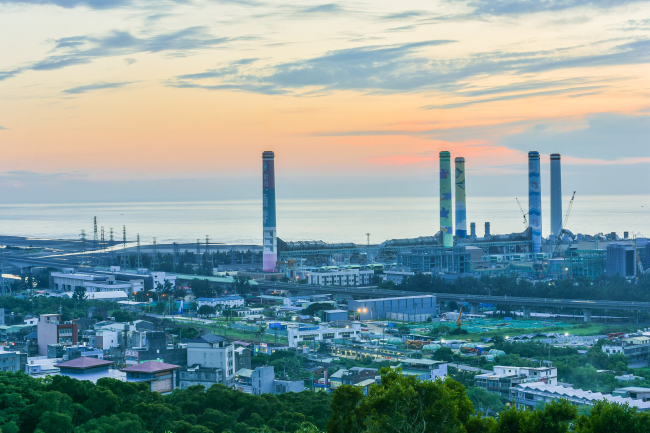Natural Allies? The India-US Relations from the Clinton Administration to the Trump Era
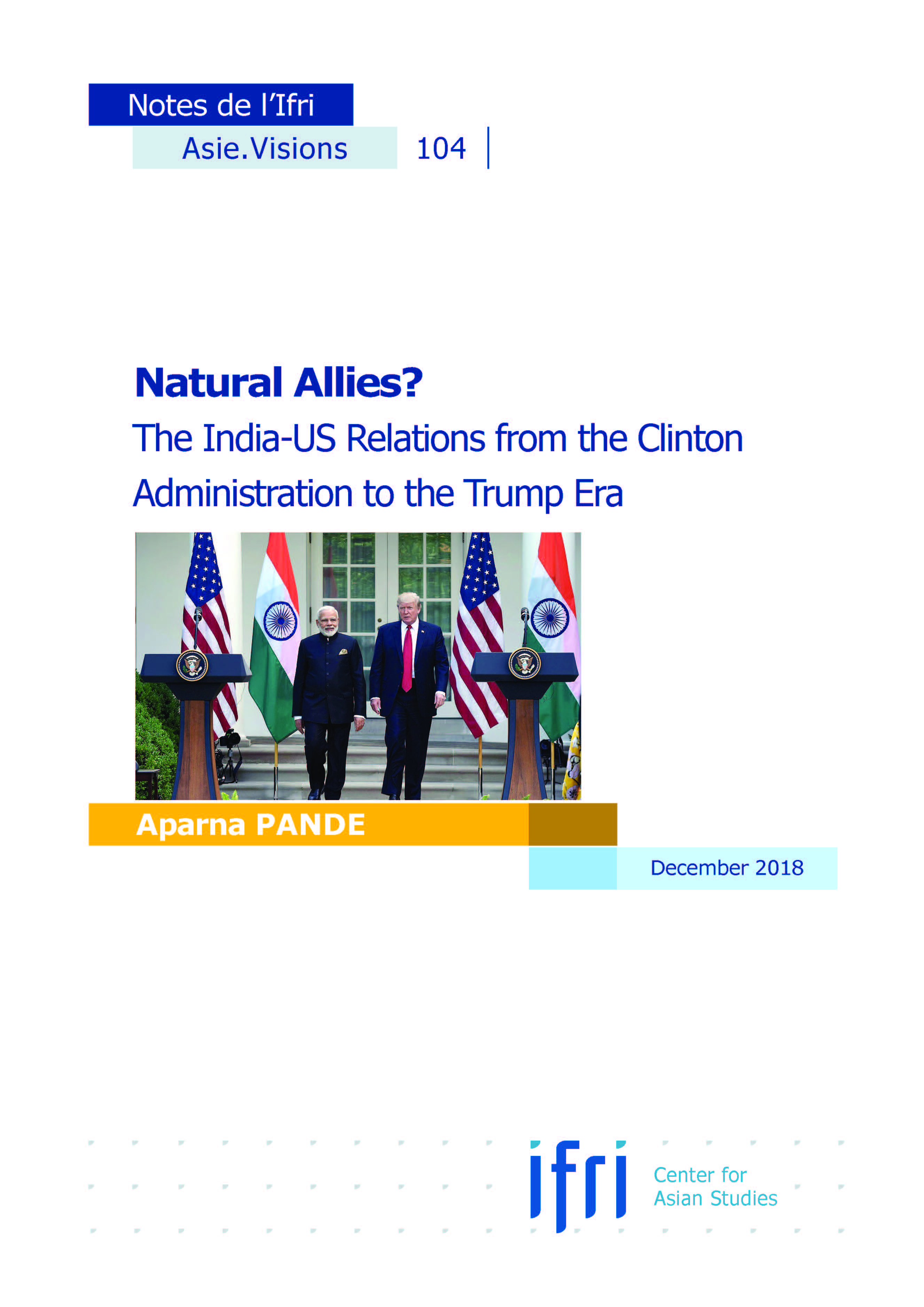
In recent years, experts and onlookers have noted a convergence of geopolitical interests between the United States and India.
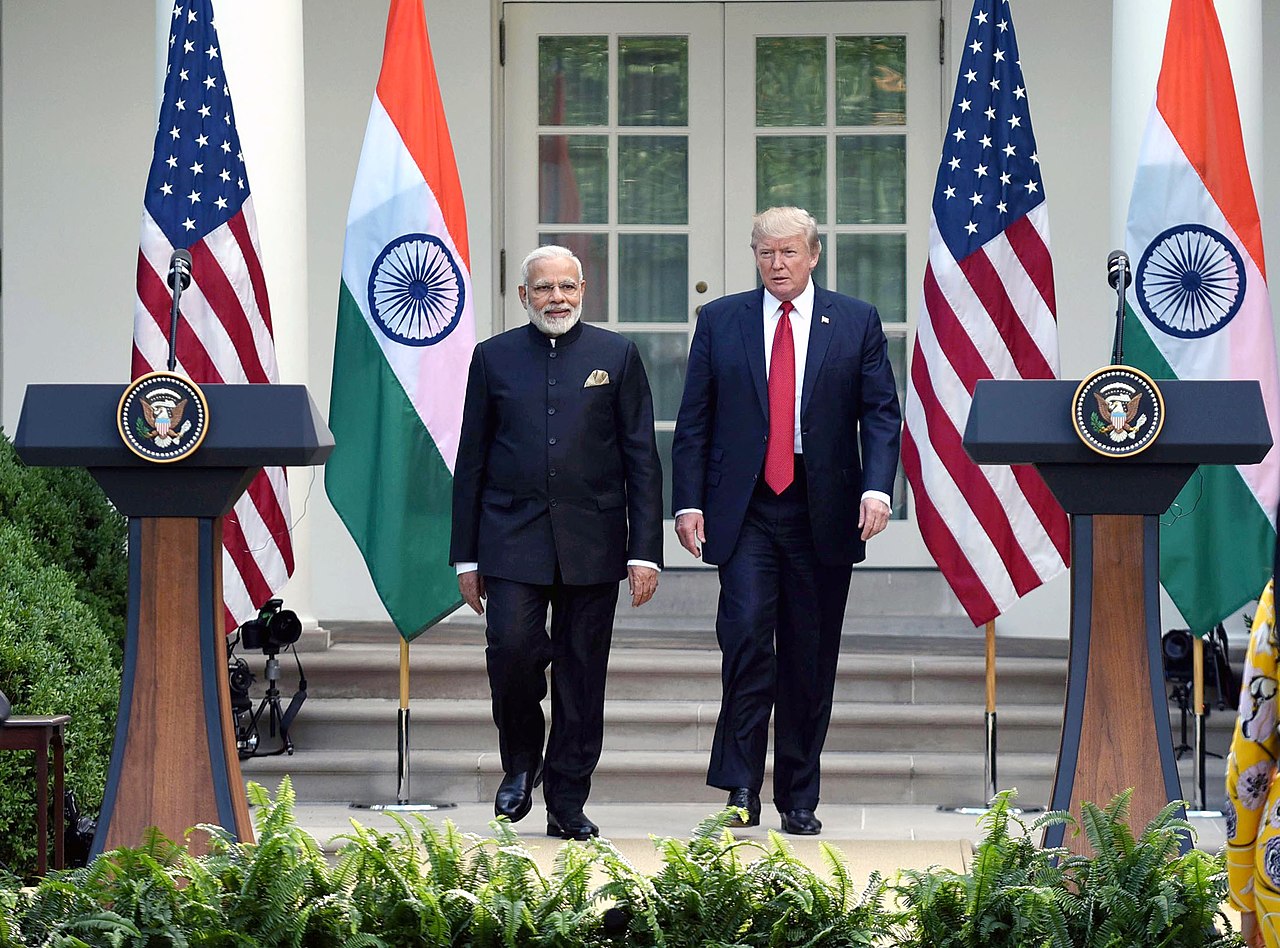
Such an alignment seems natural and overdue. India has long shared striking similarities to the U.S. domestically, boasting a large multiethnic population, a democratic approach to governance and a strong feeling of national pride. Today, moreover, India and the United States face many of the same global threats. The rise of China challenges both American hegemony and Indian regional influence. Additionally, the United States currently shares India’s skepticism about Pakistan’s support for terrorist groups that operate inside Afghanistan and India and have a safe haven within Pakistani territory.
However, for two countries with such extraordinary domestic similarities and with such convergence of geopolitical interests, the United States and India have a perplexingly ordinary relationship. In fact, the two countries, which seem like they should be strong allies on paper, continuously find domestic factors and logistical challenges getting in the way of richer ties. Admittedly, over the past two and a half decades, they have worked to overcome these impediments and to build a stronger strategic partnership. In so doing, America’s first three post-Cold War presidents learned two especially powerful lessons from their interactions with India. First, genuine diplomatic connections are essential. Because Presidents Clinton, Bush and Obama made a real effort to connect with Indian leaders and unquestionably recognized India as a core part of American grand strategy, they strengthened bilateral trust and cooperation. The second lesson is the need to compromise. Unsurprisingly, India’s outlook on global affairs differs from that of the United States and India puts its own national interests first, which means the two countries are bound to disagree on certain issues.
The Trump administration would be well served to remember the lessons of its predecessors. Although Trump’s relationship with Modi appears to be positive, it seems superficial when compared with the record of Presidents Clinton, Bush and Obama’s engagement with their Indian counterparts. In the defense and security area, the Trump administration has continued the tradition set by its predecessors of strengthening trade and cooperation with India, but the two governments face geopolitical challenges that necessitate a stronger partnership. Moreover, Trump’s rhetoric and economic policies have put the growth of the partnership in jeopardy. Trump and Modi are both right wing nationalists who espouse some degree of political populism and a penchant for economic protectionism. To create a lasting diplomatic partnership, the two men should focus on their similarities and work toward compromise instead of standing firm where they differ.
The United States and India share a similar vision for the future security architecture of the Indo-Pacific, and have similar goals in the region. What remains to be seen, however, is how the United States deals with a country – India – that does not fit the category of a traditional American military ally and yet seeks to become a strategic partner, does not seek American security guarantees and visualizes itself as a future great power. Further, unlike other American allies, India never joined any alliance, so there is no multi-layer cross-institutional relationship between the two countries. With an American president who seeks to boost ties with India and stand up to China, this is a rare chance to re-align U.S. and Indian policy in the interests of both countries.
Download the full analysis
This page contains only a summary of our work. If you would like to have access to all the information from our research on the subject, you can download the full version in PDF format.
Natural Allies? The India-US Relations from the Clinton Administration to the Trump Era
Related centers and programs
Discover our other research centers and programsFind out more
Discover all our analysesTaiwan’s Rising Space Program: Building Up Industry, Supporting National Security
Taiwan, known for its leadership in semiconductors and information and communications technology (ICT), is now making significant strides in the space industry. While historically modest, Taiwan’s space program has seen a transformation since 2020, driven by President Tsai Ing-wen’s commitment to expanding the country’s space capabilities. Key milestones include the passage of the Space Development Act and the creation of the Taiwan Space Agency (TASA), which has bolstered the resources and visibility of Taiwan’s space ambitions.
AI and Technical Standardization in China and the EU: Diverging priorities and the need for common ground
Given the highly disruptive potential of AI, global cooperation on AI safety and governance is imperative, and yet the deeply transformational potential of AI also ensures that a high level of competition and systemic rivalry is likely unavoidable. How can the EU best manage its complex relationship with China in the field of AI so as to ensure a necessary level of cooperation in spite of competition and rivalry?
China’s Quest for a Quantum Leap
The global race to harness quantum science is intensifying. Recognizing the strategic potential of quantum technology for economic, military, and scientific advancement, China is focusing on quantum breakthroughs as a way to shift the balance of power, especially in its competition with the United States. President Xi Jinping has emphasized the importance of scientific innovation, particularly in quantum fields, to fuel national development and ensure security.
Taiwan's Energy Supply: The Achilles Heel of National Security
Making Taiwan a “dead island” through “a blockade” and “disruption of energy supplies” leading to an “economic collapse.” This is how Colonel Zhang Chi of the People’s Liberation Army and professor at the National Defense University in Beijing described the objective of the Chinese military exercises in May 2024, following the inauguration of Taiwan’s new president, Lai Ching-te. Similar to the exercises that took place after Nancy Pelosi’s visit to Taipei in August 2022, China designated exercise zones facing Taiwan’s main ports, effectively simulating a military embargo on Taiwan. These maneuvers illustrate Beijing’s growing pressure on the island, which it aims to conquer, and push Taiwan to question its resilience capacity.



